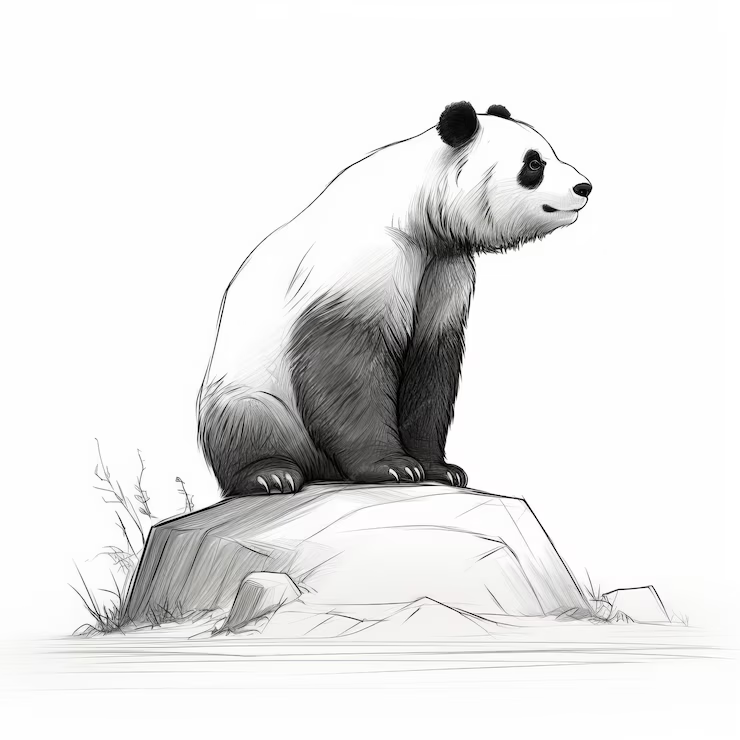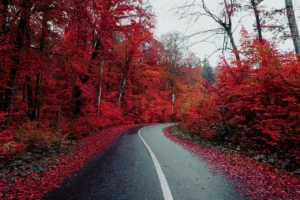
The art of Drawing:Tjdpvrb218i= Panda presents a unique intersection of technique and emotion, allowing artists to delve into the anatomical structure while capturing the endearing qualities of these beloved creatures. Mastering fundamental shapes is crucial, as the intricacies of fur texture and expression can transform a simple sketch into a captivating piece. This exploration will illuminate essential tools and methods for Drawing:Tjdpvrb218i= Panda and how these artistic choices can enhance audience engagement.
Tools for Drawing:Tjdpvrb218i= Panda
When embarking on the artistic journey of Drawing:Tjdpvrb218i= Panda, the right tools can significantly enhance both the creative process and the final artwork. Here are some essential tools that artists can utilize:
Traditional Drawing Materials
- Graphite Pencils: A variety of graphite pencils, ranging from hard to soft (H to B), allow for different shading effects and details. Softer pencils (B grades) are ideal for shading and creating texture, while harder pencils (H grades) work well for fine lines and details.
- Fine Liners: These pens are excellent for outlining and adding details to your panda illustrations. They provide precision and can help define the intricate features of a panda’s face and body.
- Erasers: Kneaded erasers are particularly useful for lifting graphite without damaging the paper, while vinyl erasers can clean up more stubborn marks.
Digital Tools
- Drawing Tablets: A graphics tablet can offer artists the flexibility to create digital sketches. Tablets allow for pressure sensitivity, which can mimic the experience of traditional drawing while providing the option to easily correct mistakes.
- Art Software: Programs like Adobe Photoshop, Procreate, and Corel Painter offer limitless creative possibilities. These applications allow for experimenting with colors, textures, and various brushes that can elevate panda illustrations.
Step-by-Step Drawing Techniques
Drawing:Tjdpvrb218i= Panda can be an enjoyable and rewarding experience for artists of all skill levels. Here’s a structured approach to help guide your drawing process:
Understanding Panda Anatomy
- Basic Shapes: Begin by breaking down the panda’s form into simple shapes. Use circles for the head and body, ovals for the limbs, and triangles for the ears. This foundational structure will help in establishing proportion and positioning.
- Refining Details: Once the basic shapes are outlined, refine your drawing by adding details. Focus on the panda’s distinctive features, such as their round faces, large eyes, and unique black-and-white fur pattern.
Techniques for Texture and Expression
- Fur Texture: To depict the fluffy texture of panda fur, use short, quick strokes or stippling techniques. Layering these techniques can create depth and realism in your drawing.
- Facial Expressions: Capturing the distinct expressions of pandas can elevate your artwork. Understanding panda anatomy is crucial; their facial structure significantly influences emotional nuances. Observe their eyes, mouth, and ear positions to convey feelings accurately. Experiment with slight changes in these features to reflect various emotions, such as curiosity, playfulness, or contentment.
Showcasing Your Panda Artwork
Once you’ve created your panda artwork, the next step is to showcase it effectively. This presents a valuable opportunity to connect with an audience that appreciates the charm and beauty of these creatures.
Incorporating Symbolism and Color
- Panda Symbolism: Pandas often symbolize peace and harmony, making them relatable subjects for art. Consider incorporating these themes into your artwork to evoke deeper emotional connections.
- Color Palette: Select a harmonious color palette that enhances the natural colors of the panda. While traditional black and white is classic, adding soft greens or earthy tones in the background can provide a more dynamic composition.
Engaging with the Audience
- Social Media Platforms: Use platforms like Instagram, Pinterest, or TikTok to share your panda drawings. Engaging captions and hashtags can help you reach a broader audience interested in wildlife art.
- Local Exhibitions: Consider showcasing your artwork in local galleries or art fairs. This not only allows you to present your art to a wider audience but also fosters community engagement and interaction with fellow artists and art lovers.
Conclusion
In conclusion, mastering the art of Drawing:Tjdpvrb218i= Panda requires a blend of technique, observation, and creativity. Much like an artist sculpting a marble statue, the process involves chiseling away at basic shapes to reveal the nuanced beauty of these creatures. A study from the World Wildlife Fund indicates that pandas evoke a deep emotional response in 87% of viewers, highlighting their universal appeal.
By capturing their essence through art, artists can forge a powerful connection to nature and its symbolism, enriching both creator and observer. Whether you’re a beginner or an experienced artist, the joy of Drawing:Tjdpvrb218i= Panda lies in the exploration of their playful spirit and the artistic choices that breathe life into your illustrations. So gather your tools, embrace your creativity, and embark on this delightful artistic journey!
SEE ALSO: Celebrating the Beauty of Diversity: The Rise of beautiful: xdbufznebvg= women






